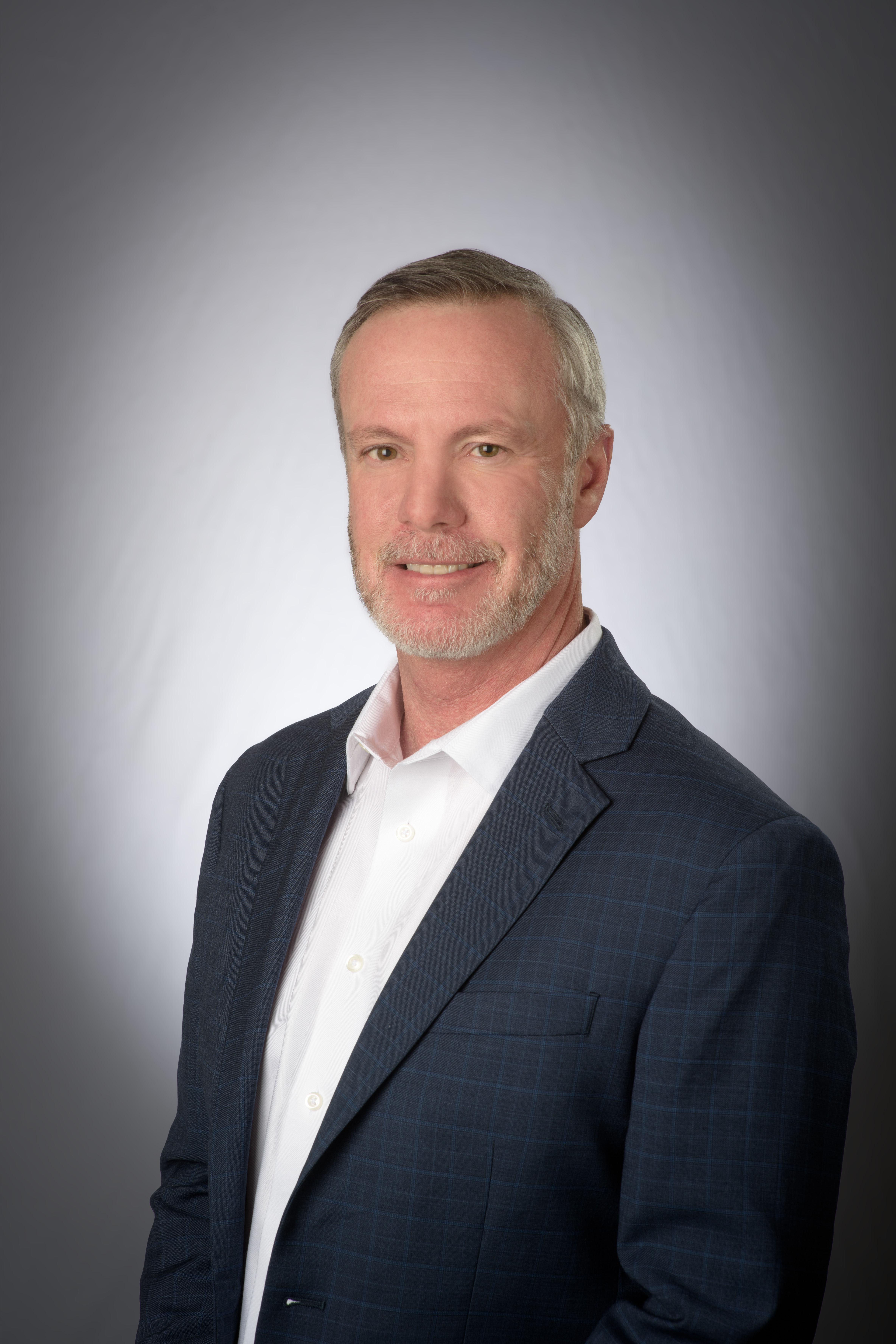Q&A: Vulnerable patients hit hardest by anesthesia reimbursement cuts
Late last year, following backlash from providers and professional associations, Anthem Blue Cross Blue Shield reversed a controversial policy that would have limited reimbursement for anesthesia time. For now, reimbursement will continue to track with the actual time an anesthesiologist spends on patient care.
Central to this matter are larger questions about anesthesia reimbursement policy, patient access and the increased demand for services. HealthExec spoke to Tracy Young, CRNA, vice president, American Association of Nurse Anesthesiology (AANA), for a perspective from the provider side of this debate. Young founded YPS Anesthesia in 2003 and served as its CEO until 2023. Currently he is the COO of Essential Anesthesia Services, which provides anesthesia-related patient care to over 130 facilities across six states.
Here are lightly edited excerpts from the conversation.
HealthExec: First things first. What is a CRNA?
Young: CRNAs are certified registered nurse anesthetists. They're advanced practice nurses who, after one year of nursing experience, are eligible to apply to a graduate program, which typically involves three years of specialty training in anesthesia. CRNAs graduate with a doctoral degree in nurse anesthesia and perform similar functions to an MD anesthesiologist.

Anesthesiologists made waves last month after Anthem Blue Cross Blue Shield backtracked on a policy shift. What was that all about?
The central issue is related to time. Anesthesia services are billed based on how long a procedure takes, including patient care before and after surgery. Ultimately, we don't control how long the surgery takes—that's up to the surgeon. The length of a procedure can vary based on a surgeon’s skill level and the complexity of a patient’s case.
Despite this, Anthem wanted to try to restrict the amount of time billed for anesthesia, reducing reimbursement to a national average, potentially, instead of handling it on a case-by-case basis. As you can imagine, anesthesia providers were upset about this. We don't control surgical times and believe we should be reimbursed for the actual time it takes to deliver patient care.
Anthem is arguing that anesthesiologists are overpaid compared to other providers. They also claim that using CMS metrics for reimbursement is fair and helps control costs.
The response to that is, third-party reimbursement from commercial payers has really become disconnected from the actual compensation and salaries that the vast majority of anesthesia professionals receive. These professionals include physician anesthesiologists and CRNAs.
What we're seeing in the marketplace is that there have been so many reimbursement cuts from Medicare, most Medicaid programs and commercial insurance companies that hospitals are having to foot the bill for anesthesia provider compensation.
Anesthesia is necessary for surgery, but as reimbursement declines, someone has to cover the higher salaries resulting from the shortage. It’s supply and demand that’s driving the cost, not really third-party reimbursement.
Is it your argument that CRNAs can fill the supply gap and potentially lower costs on the front end?
Exactly. There are more than 66,000 members of the AANA, the primary professional organization for CRNAs. So there are a lot of us out there. We used to always say we were the best-kept secret in healthcare because no one knew who we were and no one talked about us. We're not front and center in the public eye, but the scope of care for CRNAs is essentially the same as that for anesthesiologists. CRNAs receive three years of specialized training to handle any type of case across the entire lifespan of the patient. In more than half the states, no physician supervision is required. In the other half or so, some form of physician supervision is required.
Is there an overall shift in reimbursement for anesthesia services?
Under the Affordable Care Act, insurers are forbidden from reimbursing providers based on licensure. But the law lacks teeth.
Historically, CRNAs and anesthesiologists have been reimbursed the same by most payers. Even now, under Medicare, CRNAs and anesthesiologists receive identical reimbursement when they provide the same anesthesia for any given case. There is no variation in compensation based on educational degree.
However, what we're now seeing in the commercial market is that payers are attempting to implement policies that pay CRNAs 85% of the physician fee schedule—essentially a 15% reduction from what they've historically received. This move mirrors the way nurse practitioners are paid, as they often bill alongside a physician.
It’s unclear what will happen, as the AANA is suing the federal government to ask CMS to do its job and enforce the law. That lawsuit is still pending. But the trend is troubling. If we continue to see more reimbursement cuts, and CRNA reimbursement keeps getting lower and lower, the provider shortage could worsen. There’s already a shortage of anesthesiologists. And now patients—especially those in areas where services may be—could see even worse care delays than they’re seeing now.
One would think CRNAs can play a crucial role in rural and underserved areas.
Yes, and the results of a worsening shortage could mean patients having to drive longer distances to get the care that they need, in addition to surgery delays. For our vulnerable populations—geriatric patients or those who simply don’t have the funds—it may be very hard for them to travel to get care, let alone for surgery. So a worsening shortage of CRNAs could have a trickle-down effect, which is why it’s so important we halt cuts in reimbursement.

